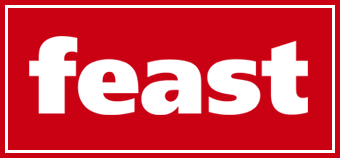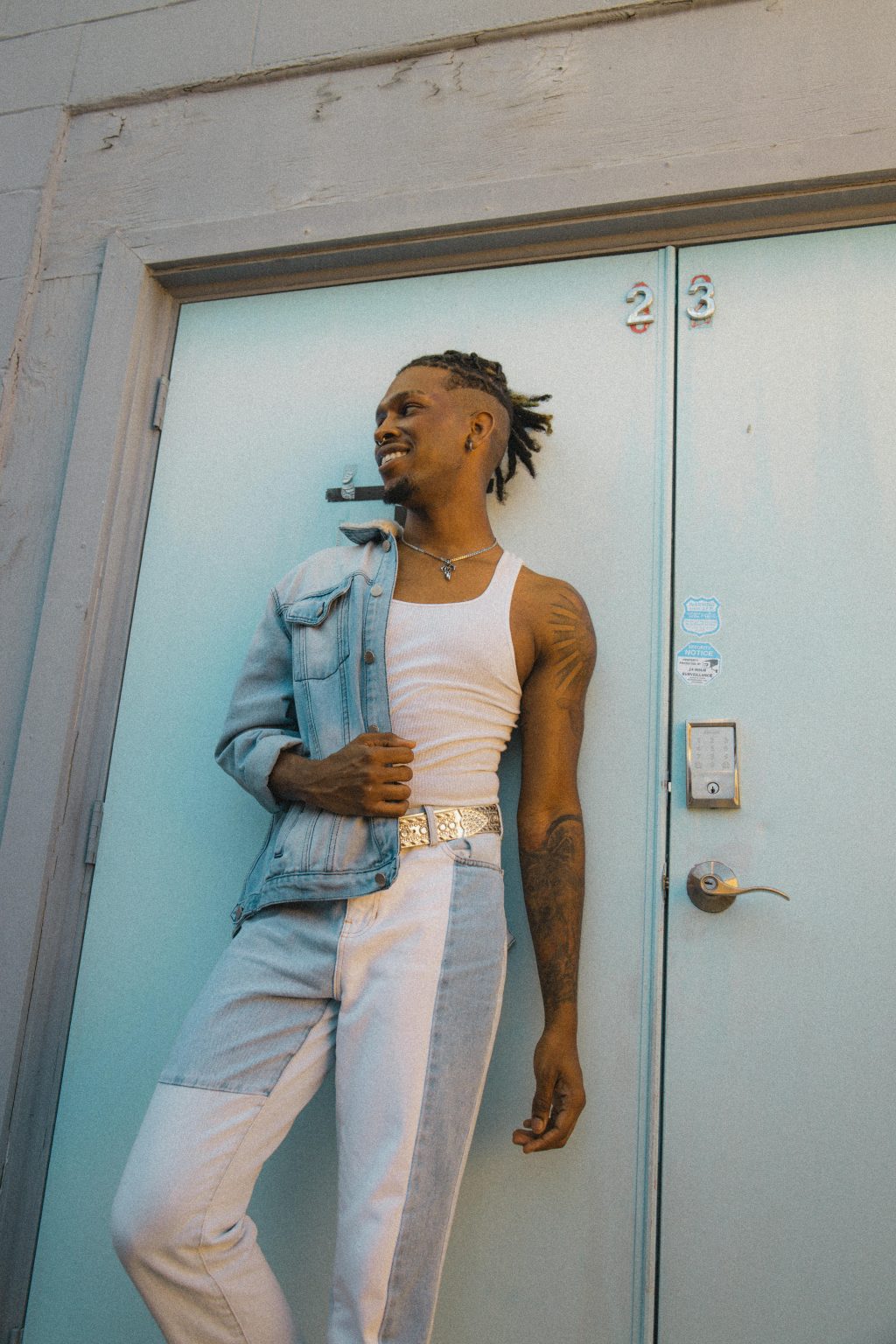In a world increasingly leaning towards sustainability, vintage clothing has emerged as an appealing choice for many. For men seeking unique style statements, vintage fashion offers a treasure trove of possibilities that are both eco-friendly and budget-conscious. From the bold patterns of the 80s and grunge-inspired styles of the 90s to the minimalist trends of the early 2000s, vintage menswear provides an opportunity to stand out with garments that tell a story. This blog delves into why choosing vintage is not only stylish but also sustainable.
- The Sustainable Appeal of Vintage Fashion
The fashion industry is notorious for its environmental impact, making sustainability a crucial consideration in modern consumer choices. Vintage clothing inherently embraces sustainability by reducing waste and promoting recycling. When you purchase second-hand clothes from past decades, you’re extending their life cycle and diverting them from landfills. Furthermore, vintage pieces often boast superior craftsmanship and durability compared to many fast-fashion items produced today. By choosing vintage, you’re not just adopting unique fashion; you’re also making a conscious decision to reduce your carbon footprint.
- Iconic Styles from the 80s
The 1980s was an era characterised by bold colours and daring silhouettes that remain influential in today’s fashion scene. Think oversized blazers, graphic tees, denim jackets adorned with patches or pins, and classic leather bomber jackets – all quintessential staples of 80s men’s fashion. Brands like Levi’s made iconic denim jeans that were built to last, while Lacoste brought sporty elegance with their polo shirts. These elements create distinctive looks that can easily be incorporated into modern wardrobes for those willing to experiment with retro flair.
- Grunge and Minimalism: The 90s Revival
Transitioning into the 1990s, men’s fashion saw a shift toward grunge aesthetics mixed with minimalistic elements. Plaid flannel shirts layered over band tees became synonymous with this rebellious decade thanks to bands like Nirvana fuelling this cultural movement. On another end of the spectrum were clean lines and muted tones influenced by minimalist designers such as Calvin Klein offering sleek alternatives for less-is-more enthusiasts. Embracing these two contrasting styles allows men today to blend casual comfort with understated sophistication effortlessly.
- The Eclectic Early 2000s
As we moved into the new millennium, men’s fashion embraced eclectic influences ranging from hip-hop culture’s baggy fits showcased by brands like FUBU or Phat Farm to preppy styles popularised by Abercrombie & Fitch’s polos paired with cargo shorts or khakis – both still relevant among younger generations exploring Y2K nostalgia today! Hunting down authentic pieces from this era brings forward personal stories embedded within each garment while continuing on trend cycles seen resurfacing recently across mainstream platforms worldwide.
- Incorporating Vintage Clothing into your Wardrobe
Incorporating men’s vintage clothing into your wardrobe is all about experimentation and creativity. Start by identifying styles or pieces that resonate with you and then build outfits around them. Mix and match items from different eras to create unique looks, or pair vintage pieces with modern basics for a more subtle nod to the past.



